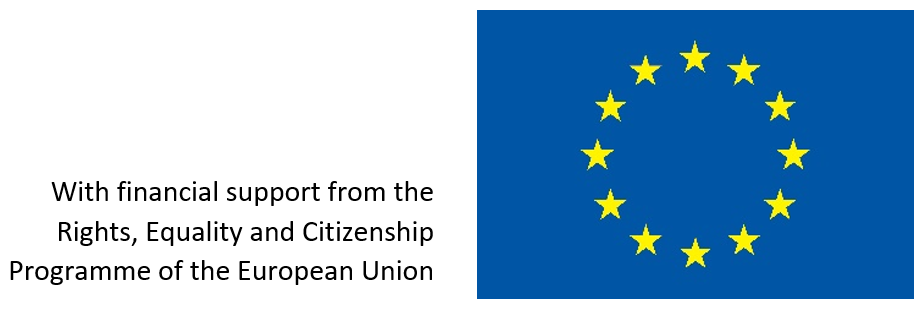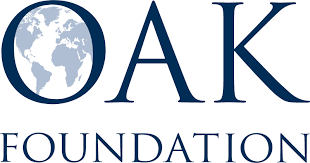Cecilia Helena Payne-Gaposchkin was a pioneer in the field of astronomy and one of the most eminent female astronomers of the twentieth century. She was the first to apply the laws of atomic physics to the study of the temperature and density of stellar bodies and to discover that stars are made mainly of hydrogen and helium and that could be classified according to their temperatures. She was one of the first women to advance to the rank of professor at Harvard University and the first woman to head a department there.
Cecilia was born in 1900, in Wendover, England. Her father was a barrister and her mother a painter and musician. In 1919, she won a scholarship to Newnham College at Cambridge University, where she studied botany, chemistry, and physics. After attending a lecture by astronomer Sir Arthur Eddington on Albert Einstein’s theory of relativity, she decided she wanted to become an astronomer.
Unfortunately, as a woman in the field of astronomy, Cecilia faced many obstacles. Professor Ernest Rutherford, whose work helped reveal the structure of the atom, made fun of her as the only woman in his lectures, making the male students laugh. Although she felt intimidated, her love for astronomy ensured her success.
The astronomer Arthur Stanley Eddington, who went on to pioneer in the investigation of the internal structure of stars, encouraged her ambition and took her on as a tutorial student. In 1923, at that time women were not granted degrees at Cambridge, so Cecilia obtained a Pickering Fellowship to study at the Harvard College Observatory under Harlow Shapley, the newly appointed director of the Harvard Observatory who had started an astronomy program to encourage women to study at the Observatory. The first student was Adelaide Ames, in 1922, and the second student was Cecilia Payne. Thus, in 1925 she moved to Harvard Observatory in Boston, Massachusetts, for the rest of her career.
There, she had already published six papers on her research in the field of stellar atmospheres. She worked extensively at the Observatory, and Shapley became her supervisor. She also determined that hydrogen, the simplest of the known elements, was the most abundant substance in the universe and that stars are composed mostly of hydrogen and helium. Her revelation became later the basis for analysis of the cosmos. However, she was dissuaded from this conclusion by astronomer Henry Norris Russell, who thought that stars would have the same composition as Earth. She made this discovery when she was a 25-year-old doctoral candidate at Harvard, and yet she is not officially credited with the discovery. Her conservative male superiors convinced her to retract her findings on stellar hydrogen and publish a far less definitive statement.
However, her PhD thesis, Stellar Atmospheres (1925), was the first paper written on the subject and was the first research to apply Indian physicist Meghnad Saha´s recent theory of ionization to the science of measuring the temperature and chemical density of stars. In two years, she became the first woman to receive a doctorate in astronomy from Radcliffe for her thesis, since Harvard did not grant doctoral degrees to women.
Her research is highly regarded today. Otto Struve, a notable astronomer of the period, was quoted in Mercury magazine as saying that Stellar Atmospheres was “undoubtedly the most brilliant PhD thesis ever written in astronomy”. At the age of 26, she became the youngest scientist to be listed in American Men of Science.
From 1927 to 1938, she worked as Shapley’s technical assistant at the Harvard Observatory. During this period, however, Cecilia was able to continue her stellar spectral work with a second book, Stars of High Luminosity (1930), which paid particular attention to Cepheid variables and marked the beginning of her interest in variable stars and novae. Shapley often kept her from using new electronic equipment, and he was responsible for keeping her name out of the Harvard or Radcliffe catalogs. She learned years later that he paid her salary out of “equipment expenses.” In 1934, the American astronomer Henry Norris Russell referred to Cecilia Payne when he wrote that the best candidate in America to be his successor at Princeton University “alas, is a woman!”. Russell was highly influential in the growth of theoretical astrophysics in the United States and was director of the observatory at Princeton University from 1912 to 1947. Neither Harvard nor Princeton would have considered a woman faculty member.
In 1933 Cecilia travelled to Europe. In Göttingen, she met Sergey Gaposchkin, a Russian astronomer who could not return to the Soviet Union because of his politics. Cecilia was able to find a position at Harvard for him. They married in 1934 and often collaborated on studies of variable stars. She was named a lecturer in astronomy in 1938, but even though she taught courses, they were not listed in the Harvard catalog until 1945.
It was not until 1938 that her work as a lecturer and researcher was recognized and she was granted the title of Phillips astronomer. From 1925 until 1938 she was considered a technical assistant to Shapley. Finally, after a 31-year wait, in 1956 when her colleague Menzel replaced Shapley as director of the Harvard Observatory, Cecilia was the first woman to be promoted to professor of astronomy in Harvard, a position she held until 1966, and the first woman department chair, heading Harvard’s Department of Astronomy from 1956 to 1960.
Cecilia helped forge a path for other women in the sciences through her fight against sexual discrimination at Harvard College Observatory. She saw how women did the grunt work in her field. In the back rooms at the observatory, women laboured over the computations needed to measure star locations and catalog volumes of other scientists’ results. Some of them had begun with high science talent, but had been discouraged in their efforts. They could lose their jobs if they married or if they complained about their low salaries. Her own struggles as a woman in a field dominated by men helped Cecilia become a strong supporter of young women students. Her students included Helen Sawyer Hogg, Joseph Ashbrook, Frank Drake and Paul W. Hodge, who all made important contributions to astronomy. She also supervised Frank Kameny, who became a prominent advocate of gay rights. Her career marked a turning point at Harvard College Observatory. The trail she blazed into the largely male-dominated scientific community was an inspiration to many. For example, she became a role model for noted astrophysicist Joan Feynman. Feynman’s mother and grandmother had dissuaded her from pursuing science, since they believed women were not physically capable of understanding scientific concepts. But Feynman was later inspired by Cecilia Payne-Gaposchkin when she came across some of her work in an astronomy textbook. Seeing Payne-Gaposchkin’s research published in this way convinced Feynman that she could, in fact, follow her scientific passion.
Cecilia was a tireless researcher with a prodigious memory and an encyclopaedic knowledge of science and devoted a large part of her research to the study of stellar magnitudes and distances. Cecilia retired from active teaching in 1966 and was subsequently appointed Emeritus Professor of Harvard. She continued her research as a member of staff at the Smithsonian Astrophysical Observatory, edited the journals and books published by Harvard Observatory for twenty years. From 1920s until her death in 1979, she published over 150 papers and several monographs, including The Stars of High Luminosity, a virtual encyclopaedia of astrophysics, and Variable Stars, a standard reference book of astronomy written with her husband Gaposhkin. She was the first woman to receive the Henry Norris Russel Prize of the American Astronomical Society in 1976 and in 1977 the minor planet 1974 CA was named Payne-Gaposhkin in her honour.
Cecilia Payne-Gaposhkin was a woman of boundless enthusiasm who refused to give up her career at a time when married women with children were expected to do so. She once shocked her superiors by giving a lecture when she was five months pregnant. Her daughter remembers her in the autobiography Cecilia Payne-Gaposchkin as a “world traveller, an inspired seamstress, an inventive knitter and a voracious reader”. Quoted in Sky and Telescope, Cecilia revealed that nothing compares to “the emotional thrill of being the first person in the history of the world to see something or to understand something”.
By Chiara Paganelli, WAVE Intern
Sources
https://biography.yourdictionary.com/cecilia-payne-gaposchkin
https://www.britannica.com/biography/Cecilia-Payne-Gaposchkin
https://science.howstuffworks.com/dictionary/famous-scientists/astronomers/cecilia-helena-payne-gaposchkin-info.htm
https://scientificwomen.net/women/payne-gaposchkin-cecilia-77






